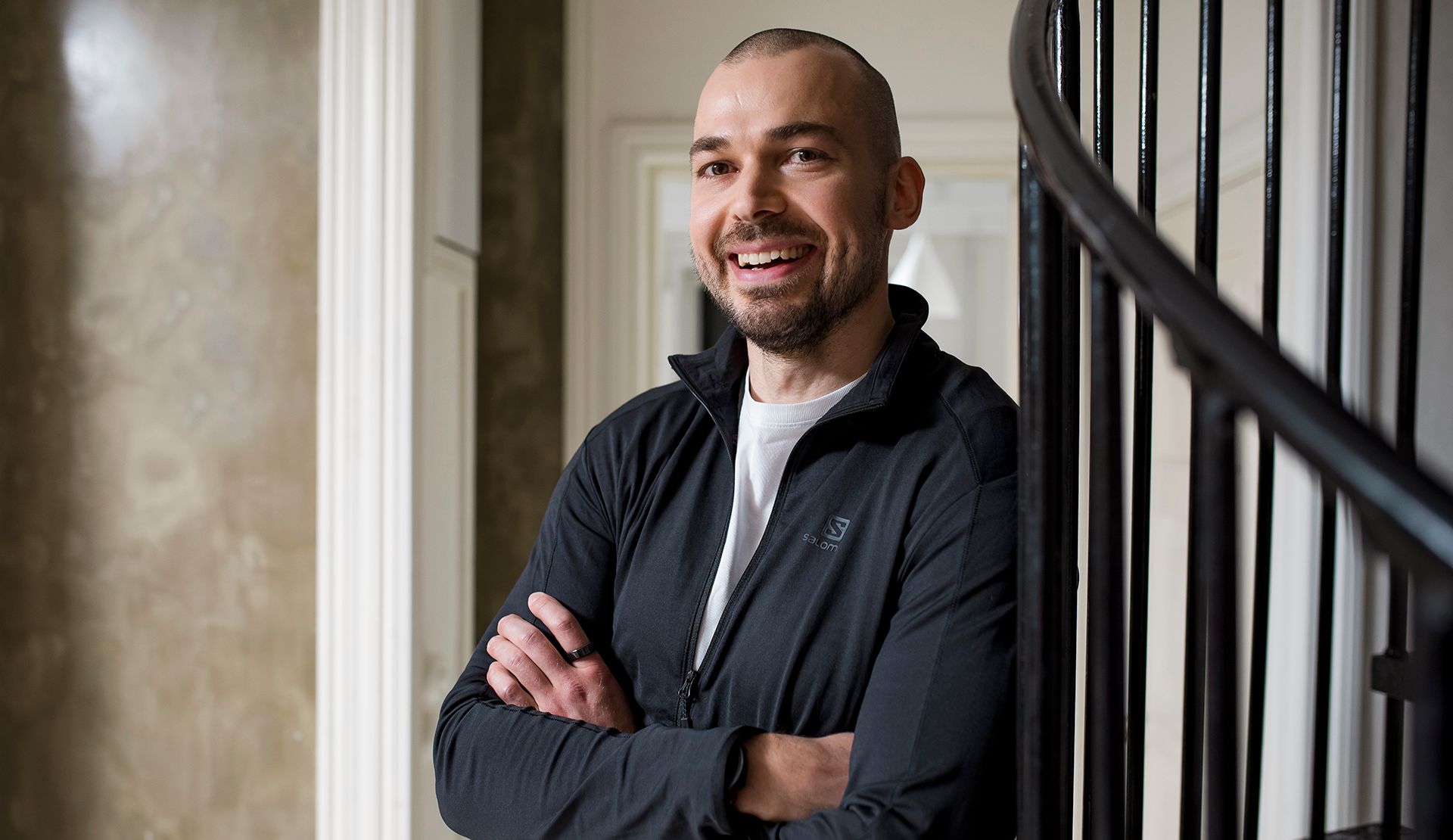
Magnetic resonance imaging
Specialist in the article

Revised 3/18/2024
Magnetic resonance imaging in a nutshell
- Magnetic resonance imaging (MRI) provides detailed information without radiation, helping to make an accurate diagnosis.
- The duration is typically 20-45 minutes, depending on the area to be examined.
- Prepare by removing any metal objects on you and arriving 15 minutes before the examination.
Services
Book magnetic resonance imaging. Please select the examination or procedure you are booking an appointment for so that we can suggest the right kinds of appointments for you.
Book magnetic resonance imagingHow to prepare for an MRI scan
- You can take your medicines as usual before the MRI. Avoid using a medication patch.
- It is a good idea to remove the blood glucose sensor before entering the examination room.
- Avoid wearing heavy make-up during a head MRI scan.
- Before an upper abdomen scan, you should not eat or drink for 3 hours before the examination time. However, you may drink a little water, for example, when taking medication.
Arrival for the MRI
- Please arrive approximately 15 minutes before the scheduled time for the MRI.
- Remove any jewellery and piercings before the examination.
- Fill in the patient information form available at the clinic.
- The radiographer will go through the patient information form and the examination procedure with you before the MRI.
When to have an MRI?
Magnetic resonance imaging is a well-established imaging technique that uses a magnetic field, radio waves and the movement of water and hydrogen nuclei in the human body.
Magnetic resonance imaging scans are used to:
- examination of musculoskeletal disorders and injuries
- head and neck examinations
- abdominal examinations
- breast examinations
- examination for cardiovascular diseases.
Obstacles to having a magnetic resonance imaging scan
An MRI may not be possible if you have:
- a cardiac pacemaker
- an electrical implant, e.g. an ear implant
- a metallic foreign body object, e.g. a metal chip in the eye.
How is an MRI scan performed?
Magnetic resonance imaging is safe and painless and no radiation is used. The examination takes approximately 20–45 minutes.
- During an MRI scan, the patient lies in the imaging position and should not move during the scan.
- During the scan, the machine makes loud noises. To protect hearing, headphones are provided, which can also be used to listen to music.
- Precise images of the subject are taken in two or three directions.
- Examination coils are used to receive image signals and are placed right above the area to be scanned.
Results of magnetic resonance imaging
Based on the preliminary information provided by the referring doctor in the request for an examination, the imaging findings and a comparison of any old images, the radiology specialist issues a written report on the examination, which is immediately available to the treating doctor at the clinic.
The images and statements of the imaging examinations are also displayed in the OmaMehiläinen service as soon as the treating doctor acknowledges the answers or at the latest 3(–14) days after the examination.
Learn more about OmaMehiläinen| Service | Price |
|---|---|
| Magnetic resonance imaging | from 379,00 € No Kela reimbursement |
| Magnetic resonance imaging with contrast | from 499,00 € No Kela reimbursement |
| Ultra-wide magnetic resonance imaging of the prostate | from 715,00 € No Kela reimbursement |
| Service | Price |
|---|---|
| Magnetic resonance imaging | from 479,00 € No Kela reimbursement |
| Magnetic resonance imaging with contrast | from 499,00 € No Kela reimbursement |
| Ultra-wide magnetic resonance imaging of the prostate | from 715,00 € No Kela reimbursement |
| Cardiac magnetic resonance imaging (MRI) Available at the Töölö clinic in Helsinki. | from 880,00 € No Kela reimbursement |
Other imaging services
Frequently asked questions about magnetic resonance imaging
An MRI scan uses a strong magnetic field to form an image of the body’s tissues.
- In an MRI scan, you lie still in a tubular imaging device.
- A coil is placed over the area to be imaged to form the image.
- The scan usually takes about 20–45 minutes. The time may vary depending on what is being imaged.
- If necessary, a contrast agent can also be used.
MRI is a painless examination where the customer simply has to lie still for the duration of the scan.
The MRI machine makes a variety of sounds, but the customer wears headphones during the examination to muffle the sound from the machine. Headphones can be used to listen to music/the radio.
The most common targets for MRI are joints – especially the knee, ankle and shoulder – and spinal imaging. Magnetic resonance imaging of the head is also common. Modern MRI equipment can also be used to perform MRI scans of the prostate and breast areas, for example.
MRI of the back is used for examining back pain. MRI of the back can be used to examine the structure of the spine, the condition of spinal discs and the status of nerve structures. On the basis of the MRI scan, surgical treatment can be considered.
An MRI scan of the back takes 10–45 minutes. During this time, the person lies in the examination device and the area to be examined (e.g. head, back, knee) must remain still.
In sports injuries in the ankle, knee or groin area, MRI is the fastest and most accurate way to get a diagnosis.
MRI can be used to examine, among other things:
- soft tissue damage
- bone injuries
- muscle and tendon tears
- tendon and ligament damage
- bone bruises
- stress fractures and injuries
The images also show bleeding, swelling and the age of the injury.
MRI does not use any X-rays, so the patient is not exposed to ionising radiation. The technology of the imaging equipment is completely different. MRI gives a much more accurate image than X-rays, especially of soft tissues.

